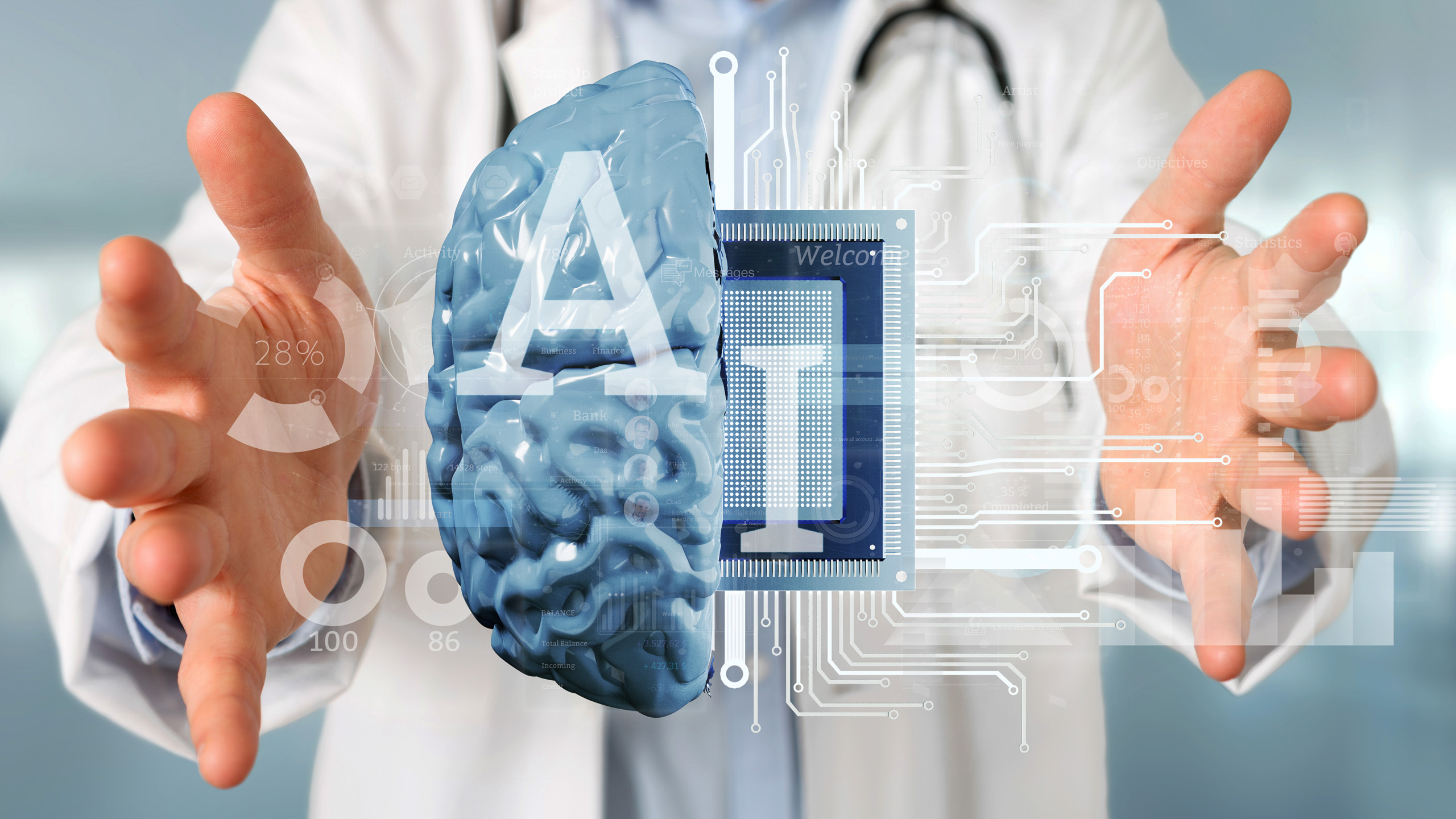
Application of AI, Machine Learning and Data Analytics in Healthcare.
Application of AI, Machine Learning and Data Analytics in Healthcare.
The combination of AI, machine learning, and data analytics provides researchers and scientists with powerful tools to process and interpret large volumes of complex healthcare data. Here’s how these technologies work together:

- Data Processing and Integration: AI, machine learning, and data analytics techniques can handle large volumes of healthcare data, including patient records, genetic information, medical images, and research articles. These technologies can process and integrate diverse data sources, ensuring that relevant information is captured and organized for analysis.
- Pattern Recognition and Data Mining: Machine learning algorithms can identify patterns, trends, and correlations within the data. By training the algorithms on a vast amount of healthcare data, they learn to recognize complex relationships and indicators that may be difficult for humans to detect. This enables researchers to uncover valuable insights and potential associations between variables.
- Feature Extraction and Selection: Machine learning algorithms can automatically extract relevant features from healthcare data. For example, in genetic data, algorithms can identify specific gene variants or mutations that may be associated with rare diseases. Feature selection techniques help researchers identify the most informative and predictive features for accurate diagnostics or research purposes.
- Predictive Modeling and Decision Support: Machine learning models can be developed to predict outcomes, such as disease diagnoses or treatment responses, based on the available data. These models can assist researchers and clinicians in making informed decisions by providing evidence-based recommendations or predictions. This decision support can aid in early diagnosis, personalized treatment planning, and improving patient outcomes.
- Data Visualization and Interpretation: AI and data analytics tools offer visualization techniques that facilitate the interpretation of complex healthcare data. Graphs, charts, and interactive dashboards can present the data in a visually meaningful way, enabling researchers to understand trends, relationships, and anomalies more easily. Visual representations can help communicate findings and support data-driven decision-making.
- Continuous Learning and Improvement: AI and machine learning algorithms have the ability to continuously learn and adapt. As researchers incorporate new data and insights, the algorithms can update their models and refine their predictions. This iterative learning process improves the accuracy and effectiveness of the analyses over time, enabling researchers to uncover new knowledge and refine their understanding of rare diseases.
By leveraging AI, machine learning, and data analytics, researchers and scientists can effectively process, integrate, and interpret large volumes of complex healthcare data. These technologies enable them to discover meaningful patterns, make predictions, gain valuable insights, and support evidence-based decision-making in the field of rare disease diagnosis and research.